The recommended response to student protests has long been a subject of debate among plaintiff’s attorneys, school attorneys and district administrators. From the school district’s perspective, school districts and their school-sponsored / school-affiliated activities and events must remain focused on the primary mission of educating students. However, plaintiff’s attorneys argue schools are government entities, and as such, students have the constitutional right to express their beliefs and engage in free speech. It is the tension between these two interpretations that will be highlighted due to the recent publicity of NFL players taking a knee, rather than standing, during the National Anthem. Districts anticipate students will attempt to emulate these players leading to this inevitable controversy and questions regarding free speech, uniquely raised in the context of extracurricular activities.
In the case of Tinker v. Des Moines, the United States Supreme Court articulated the well-established standard that applies to student expression: a school may only interfere with a student’s right to expression if the speech causes or is reasonably forecast to cause a “substantial disruption” to the school environment, or if the speech materially infringes on the rights of other students. Note that these are high standards of proof and require a district identify substantial disruption or material infringement prior to a district interfering with a student’s freedom of expression. Each situation must be evaluated on a case-by-case basis to evaluate whether a disruption or material infringement exists. A mere suspicion of a possible disruption or desire to avoid an unpopular viewpoint is not enough – there must be a reasonable forecast of disruption which is a higher standard. Mere chatter or “buzz” about what a student is saying or doing is not enough—the disruption must be substantial—not just an inconvenience. Further, if a student is engaging in quiet and peaceful speech, but other students’ reaction to his or her speech is what has really causes the disruption, the disruptors—not the speaker—should be punished so that the expression is not subject to the “heckler’s veto.”
In addition, students have a well-established right to not participate in the pledge and, arguably, the national anthem. The U.S. Supreme Court upheld a student’s right to free speech and free exercise of religion finding a regulation requiring a student to participate in the pledge violated that right. West Virginia State Bd. of Educ. V. Barnette, 319 U.S. 624 (1943). Chapter 26 of the Texas Education Code gives parents the right, if they present a written approval, to remove their student from a school activity (including patriotic activities – pledge, national anthem) on a temporary basis if it conflicts with their religious or moral beliefs.
Although participation in extracurricular activities is a “privilege” and not a “right,” in which a student has agreed to perform a certain action as part of the activity, curtailing a constitutional right in the course of that activity is risky. In 2010, the Fifth Circuit found a district could discipline a cheerleader who refused to cheer for a certain player since her refusal was a “substantial interference” with the position she voluntarily accepted as part of the extracurricular activity. Doe v. Silsbee ISD, 402 F.App’x 852 (5th Cir. 2010). However, in the case of a student athlete participating in an extracurricular sport, the position he/she voluntarily accepted is to represent the district by playing the particular sport. The dilemma districts will face is whether a student athlete that choose to peacefully and silently take a knee, lock arms, raise a fist, etc. during the pledge actually causes, or is reasonably forecast to cause a “substantial disruption” to the school environment, or if the activity materially infringes on the rights of other students. Absent direct proof of these actions, districts are advised to proceed with extreme caution in limiting a student athlete’s ability to engage in these silent activities.
Most “take a knee” protests fall within the bounds of student speech that may not be subject to discipline. As noted above, the U.S. Supreme Court determined kneeling or sitting for the pledge is protected speech—it is an expressive act intended to convey a message. While a kneeling student may bring controversial and unwanted attention to the school, the action of sitting for the pledge is not a disruptive act. The same analysis is reasonably applied to the national anthem. Although the crowd or community may be offended by the student’s actions, and the crowd may openly display their displeasure causing a substantial disruption, the disruption would be caused by the viewer of the student’s speech (the “hecklers”), and not by the protesting students. Therefore, if a disruption arises, the disruptors may be punished, but not the “speaking” student. However, if the disruption is substantial or infringes on the rights of others, the district should clearly document the events as the evidence may support prohibiting the speech in the future due to the disruption. It is important to note schools should refrain from retaliating against a student who chooses to engage in free speech. For example, a player may perceive a coach is engaging in retaliation if he/she prohibits them from engaging in the protected speech and/or benches or ostracizes a player who chooses to sit for the pledge or national anthem.
It is recommended to take the following action when any controversial free speech issue occurs:
- Refrain from stopping student speech before it starts: this is called “prior restraint” and can subject a school to liability for infringement of a student’s constitutional rights.
- Protect student safety: appropriately supervise students and provide additional security when necessary (this may be security for the students engaging in the protected speech and/or the observers).
- Document any disruptions: take notes and written statements about any disruption that occur (documenting whether it was substantial and/or infringed on the rights of others), and maintain video and/or audio of the incident if it exists.
- Consistently and appropriately implement the Student Code of Conduct for disruptive students. When appropriate, implement bullying and harassment policies to ensure compliance with Board Policies FFH and FFI.
- Educate administrators and teachers about the boundaries of student speech and what to do in difficult situations – train to avoid the “knee-jerk” reaction.
- Follow district policy regarding student speech (example: FNAA regarding Limitations on Content).
- Consult with legal counsel when questions arise.
Schools can often use controversial student speech as an opportunity for students and staff to learn about the First Amendment and opposing viewpoints on hot topics. The goal is trying to keep these “learning opportunities” and “teachable moments” from mushrooming into a federal court case. Applying the suggestions above is a crucial first step in assuring your district protects a student’s right to free speech while safeguarding the learning environment for all.
This article should not be construed as legal advice related to any specific facts or circumstances. Although this article covers legal subjects, it is intended to educate readers about school law topics and not to provide advice that will be the basis for action or inaction in any specific circumstance. Viewing these materials does not create an attorney-client relationship between Abernathy, Roeder, Boyd & Hullett, P.C. and the reader or the reader’s institution. For circumstance-specific legal advice, please directly contact a licensed attorney.
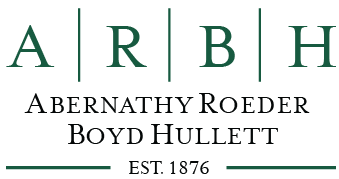
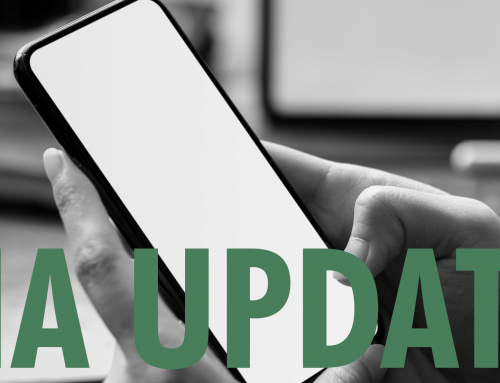
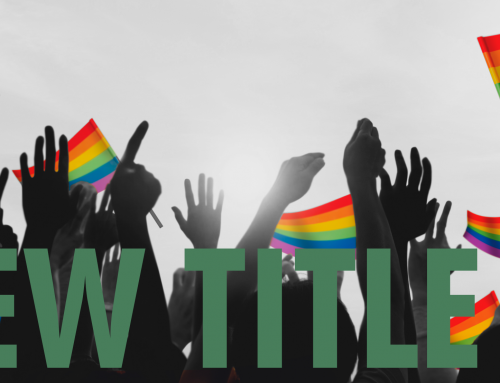
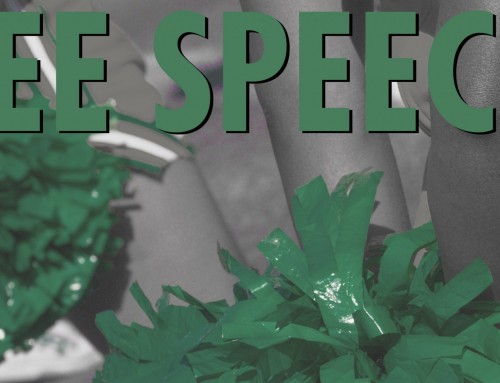
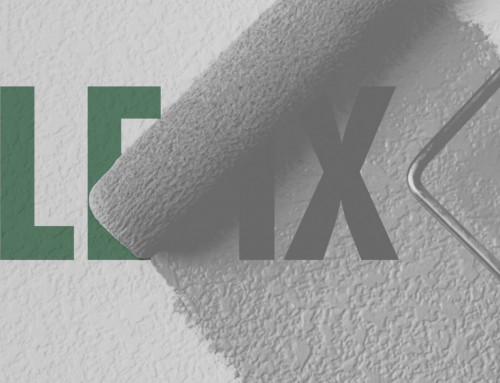
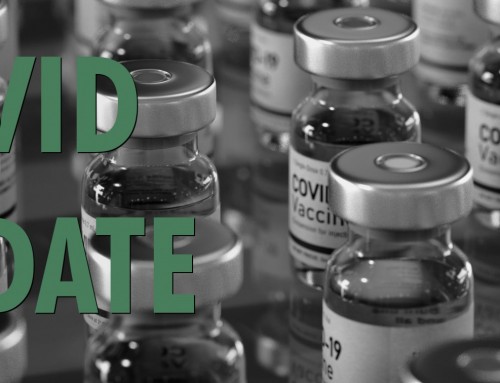
Leave A Comment